#HyundaiMotorAmerica
Hyundai Recalls Over 400,000 Elantras Due to Short/Fire Risk
Hyundai Motor America is recalling nearly 430,000 vehicles in the United States over a short risk that could create a fire hazard. Affected models include Hyundai Elantras from the 2006-2011 model years and the Hyundai Elantra Touring from 2007-2011.
Even though the problem is really similar to the one that afflicted older Azera and Sonatas manufactured around the same time, Hyundai says the recall is not related to previous Hyundai recalls. Both cases involved moisture getting into the antilock brake module, which then overheats and creates a fire risk. In both cases, Hyundai said fires can occur after the vehicle is turned off.
Hyundai Motor America Looking for Another CEO
After barely a year in the biggest office at Hyundai Motor America, CEO Kyung Soo Lee has returned to South Korea, leaving the automaker’s American arm looking for a new boss. Lee served as an interim leader after Hyundai sacked former CEO Dave Zuchowski in December 2016, taking on the top spot last September.
The CEO search comes as Hyundai attempts to reverse falling sales in the United States with a product offensive. There’s also a engine fire problem the feds want Hyundai to answer to.
Hyundai Says Santa Cruz Pickup Still Coming, but You'll Need to Be Patient
Remember that Santa Cruz Concept pickup that miraculously appeared at the 2015 North American International Auto Show? Well, according to Hyundai, it’s still earmarked for future production, but the brand has really dragged its feet on its development.
Despite a warm welcome from the automotive media, the Santa Cruz hit a major speed bump when former CEO Dave Zuchowski left Hyundai Motor America. At the time, Zuchowski was pushing hard for more SUVs and especially the pickup truck, but sliding domestic deliveries forced home office to oust him from his position. Tragically, Hyundai’s preponderance of cars is probably the largest factor contributing to lackluster U.S. sales — something Dave seemed to understand.
Hyundai continued its pursuit of SUVs and crossovers without him, but the pickup was lost in the mix. Originally planned for a 2018 release, development of the Santa Cruz stagnated. Now, the automaker says it intends to get things back on track.
The Pressure's On: Hyundai Motor America's Newly Minted CEO Needs to Turn It Around
After Hyundai’s American division canned former CEO David Zuchowski for failing to meet internal sales targets last December, it’s no mystery what Job One is for the new guy.
Kyung Soo Lee, a 61-year-old veteran of the company who started his career back in 1982, takes the helm of a troubled ship next week, Hyundai announced Thursday. As president and CEO, Lee (Kenny to his friends) is responsible for reversing a dismal sales trend that sunk his predecessor, as well as the company’s U.S. fortunes.
The Tucson Is Hyundai's Current U.S. Success Story, but Inventory Problems Are Restricting That Success
Hyundai’s U.S. sales volume is down 13 percent through the first seven months of 2017, a year-over-year drop valued at 60,203 lost sales. Hyundai has fallen so quickly that its corporate partner, Kia, has managed to outsell Hyundai in America in each of the last three months.
But even with Hyundai sales falling nearly five times faster than the industry at large, and even with the two most popular products in the lineup — Elantra and Sonata — causing a 23-percent downturn in Hyundai passenger car sales, there’s good news to be heard out of Hyundai’s (shrinking) corner of the market.
The third-generation Tucson launched two years ago is a verifiable hit. Sales are perpetually rising. July 2017, in fact, was its best month ever.
But there’s bad news. Hyundai can’t get nearly enough Tucsons shipped across the Pacific from the compact crossover’s Ulsan, South Korea, assembly plant.
North American Dealers Annoyed by Hyundai's Lousy Volume Strategy
Since 2009, Hyundai’s North American volume has seen record sales every single year. While the last few annual assessments haven’t resulted in the same volume boom as the immediate post-recession years, the company hasn’t seen any shrinkage — despite below-average incentive spending and a lineup that doesn’t exactly sync with the region’s evolving automotive tastes. Hyundai dealers are probably singing the brand’s praises and getting its logo tattooed on their staff then, right?
Not quite. While Hyundai has achieved nearly a decade of growth in the Wild West, dealers are growing increasingly disappointed with its tactics and are less than enthused about future business prospects — especially as it doesn’t appear Hyundai has any interest in scaling back car volume for the sake of SUV sales.
In fact, while both the Hyundai Elantra and Sonata remain higher-volume models, both have undergone a noticeable delivery decrease since 2012. Meanwhile, sales of utility vehicles like the Santa Fe and Tucson have nearly doubled in the same timeframe. Hyundai put 62,817 Tucson SUVs onto North American roads in 2012, and that figure rose to 113,502 last year. It could have been more, had the company been better at supplying those vehicles.
2018 Hyundai Kona: Late But Not Too Late, Little But Not As Little As The Next One
Nearly seven years after the Nissan Juke. Five years after the Buick Encore. Three years after the Jeep Renegade. Two and a half years after the Honda HR-V. Finally, the 2018 Hyundai Kona is set to arrive as the fourth and smallest member of Hyundai’s utility vehicle lineup.
With the silhouette of a Mazda CX-3, the quirky light treatment of a Nissan Juke, and the cladding of a Pontiac Vibe, the Hyundai Kona will arrive in North America in early 2018 with optional all-wheel drive and a new platform that will be shared with the unfortunately named Kia Stonic.
The platform, Hyundai says, “is optimized to permit SUV levels of ground clearance.” Don’t expect more than 6.7 inches, yet in the Kona’s segment, the little Hyundai won’t actually be that low. But it is small. At 164 inches from bumper to bumper, the Hyundai Kona stretches only two inches longer than a Hyundai Accent hatchback and is four inches shorter than the Mazda CX-3.
Yet by 2020, Hyundai intends to strengthen its crossover lineup by positioning below the B-segment Kona an even smaller A-segment utility vehicle. Like a sidecar for your Santa Fe.
Hyundai Fires Its American CEO for Not Keeping the Good Times Rolling: Report
There’s room at the top at Hyundai Motor America after the sudden firing of CEO David Zuchowski, insider sources claim.
According to Automotive News, Zuchowski, who joined the company as sales chief in 2007 before taking the top job two years ago, didn’t achieve internal sales targets. As such, he’s reportedly out the door, replaced by an interim leader.
It might be hard finding someone to replicate Hyundai’s sizzling post-recession sales performance.
Hyundai U.S. CEO Stokes Santa Cruz Hype, Small Pickup Truck Fans Rejoice
Hyundai Motor America CEO Dave Zuchowski is making a name for himself as a worthy successor to the frank-talking John Krafcik. Not hiding behind PR caution or fear of tipping off competitors, Zuchowski told Wards Auto that Hyundai is getting ever closer to a decision on the Santa Cruz.
“It’s definitely making progress,” Zuchowski told Wards in an otherwise crossover-centric interview. Introduced as a small pickup truck concept at 2015’s North American International Auto Show in Detroit, the Hyundai Santa Cruz whetted the appetite of a surging non-full-size pickup truck market. The green light the Santa Cruz has been waiting for, however, is not yet shining bright. Not quite yet.
Hyundai On Track To Sell 760K In US For 2015 Despite Low CUV, SUV Sales Volume
Hyundai says it’s on target to sell 760,000 units in the United States by the end of 2015, though crossover and SUV sales are lacking for now.




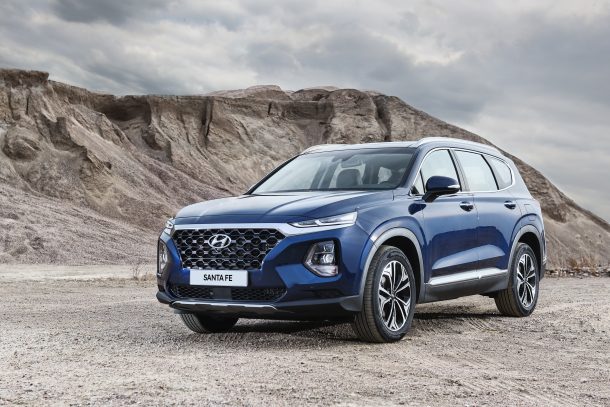

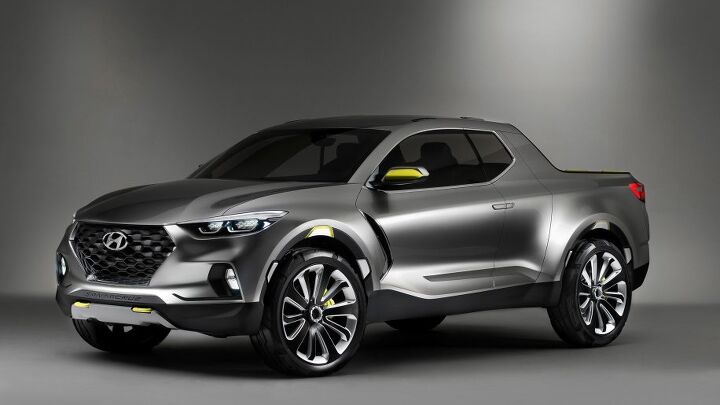
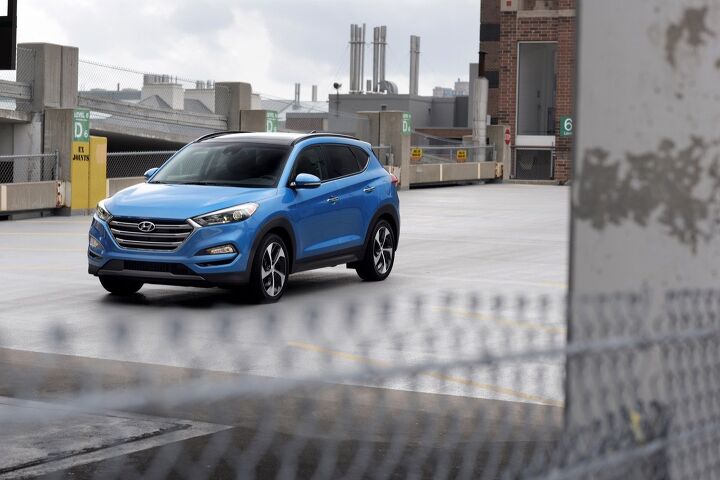
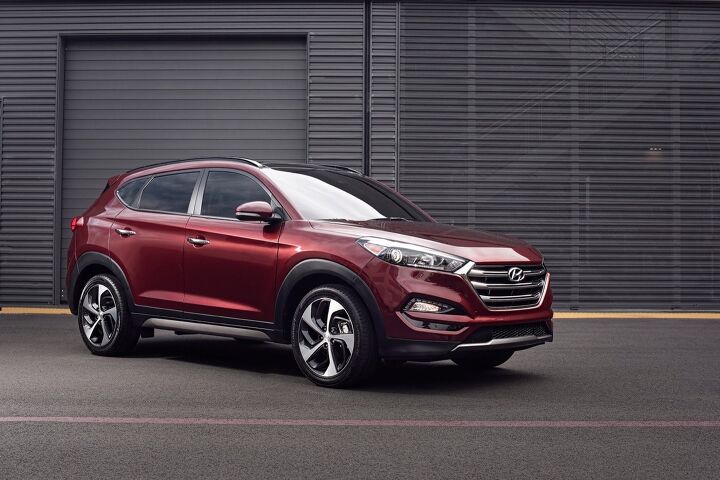


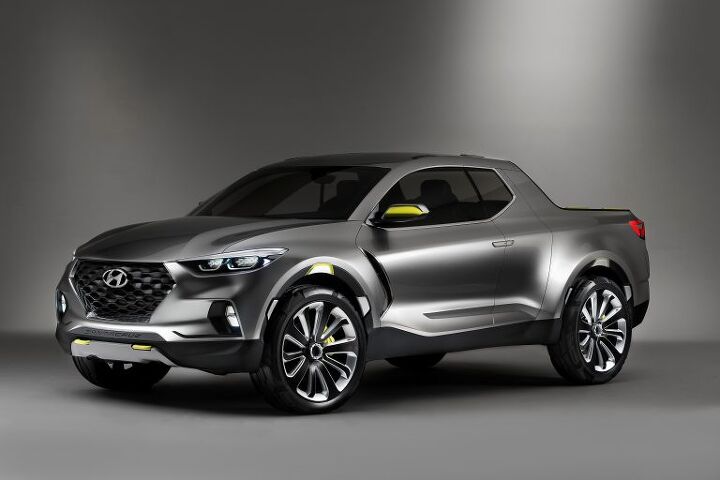
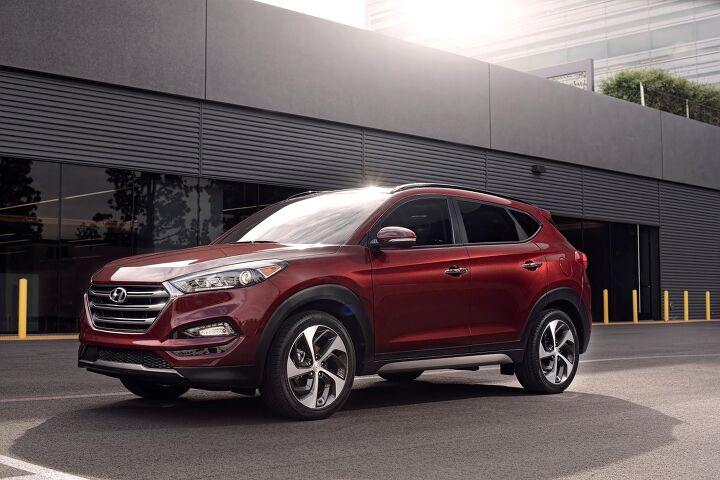












Recent Comments